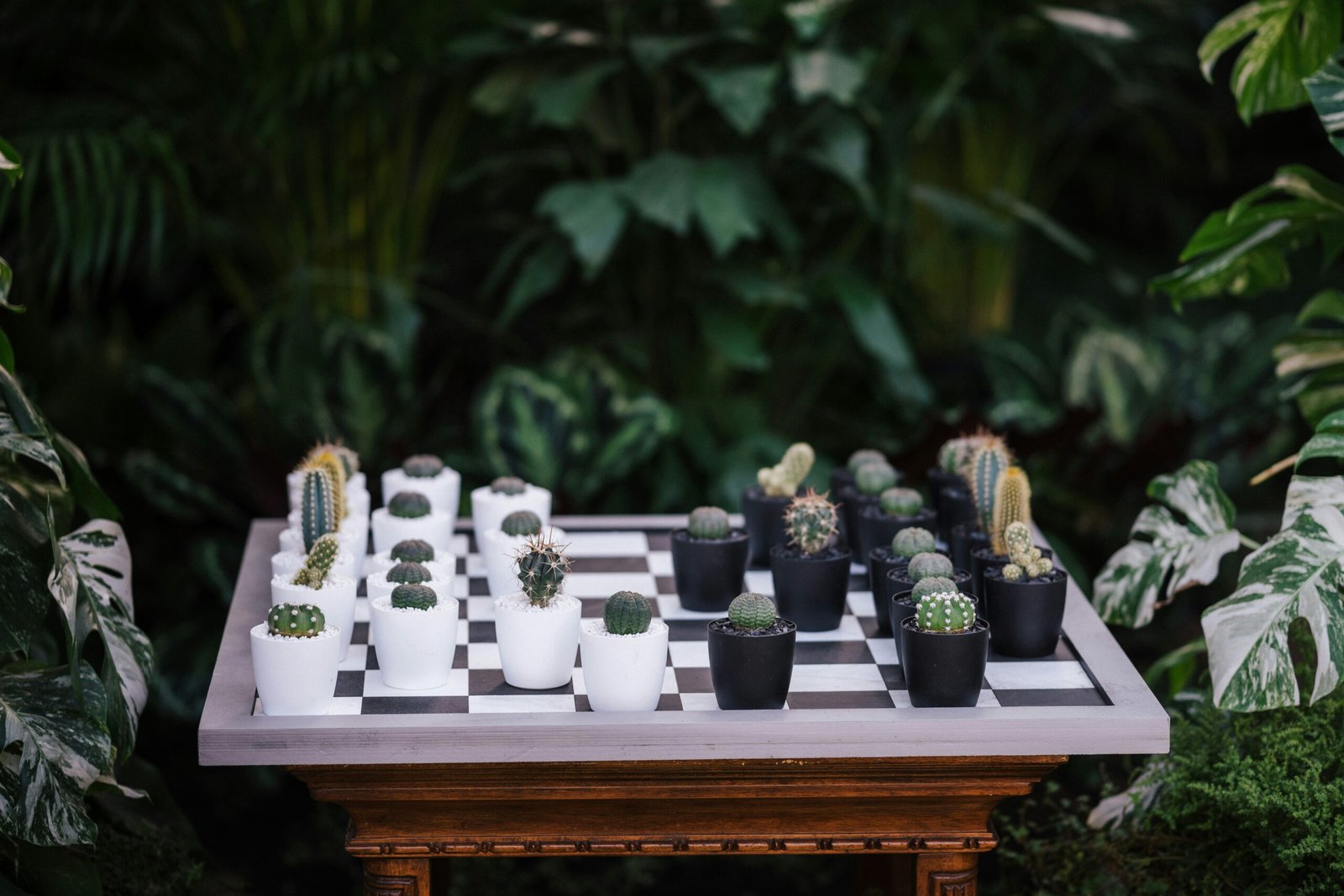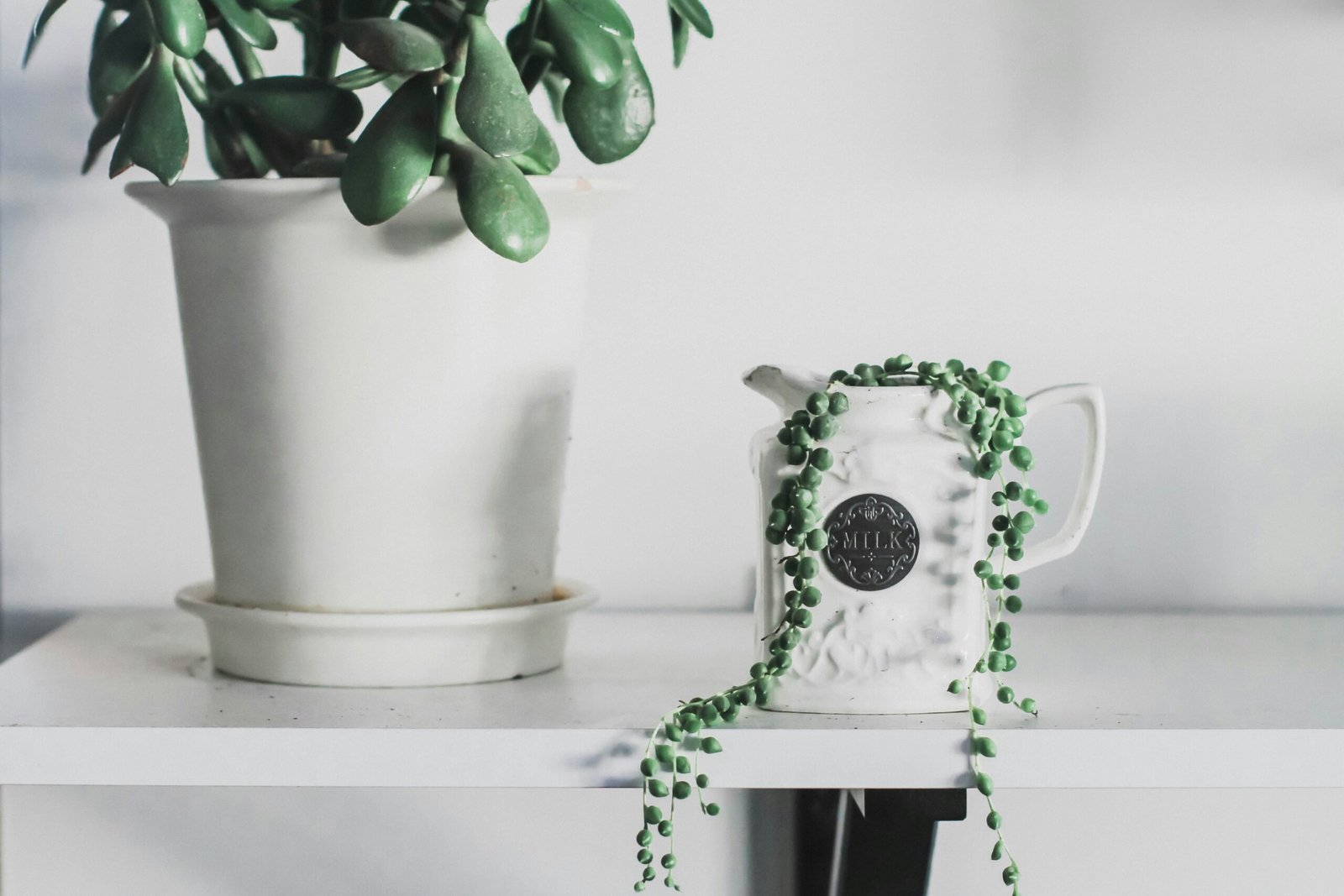One of the main benefits of repotting succulents is that it promotes healthy growth. When a succulent outgrows its current pot, its roots become cramped and may start to circle around the base of the plant. This can lead to root rot and hinder the plant’s ability to absorb water and nutrients. By repotting, you give the succulent room to spread its roots and establish a stronger foundation.
Another advantage of repotting is that it allows you to refresh the soil. Over time, the soil in a succulent’s pot can become compacted and lose its ability to drain properly. This can lead to waterlogged roots and increase the risk of root rot. By repotting, you can replace the old soil with a fresh mix that provides better drainage and aeration for the plant.
Repotting also gives you the opportunity to inspect the roots and remove any pests or diseases that may be present. Succulents are susceptible to a variety of pests, including mealybugs, aphids, and spider mites. These pests can cause damage to the plant and hinder its growth. By carefully examining the roots during repotting, you can identify and eliminate any unwanted visitors.
Now that we’ve discussed the benefits of repotting succulents, let’s dive into a step-by-step guide on how to do it properly. Follow these instructions to ensure a successful repotting process:
- Choose the right time: The best time to repot succulents is during their active growing season, which is typically in the spring or early summer. Avoid repotting during the winter months when the plant is in its dormant phase.
- Select the appropriate pot: Choose a pot that is slightly larger than the current one, allowing room for the succulent to grow. Make sure the pot has drainage holes to prevent water from pooling at the bottom.
- Prepare the new soil: Use a well-draining soil mix specifically formulated for succulents. Avoid using regular potting soil, as it retains too much moisture.
- Remove the succulent from its current pot: Gently tap the sides of the pot to loosen the soil and carefully lift the plant out. If the roots are tightly packed, you may need to gently tease them apart.
- Inspect the roots: Take this opportunity to examine the roots for any signs of damage or pests. Trim away any dead or rotting roots with clean, sharp scissors.
- Place the succulent in the new pot: Fill the new pot with a layer of fresh soil and create a small hole in the center. Position the succulent in the hole, making sure the roots are spread out and not crowded.
- Backfill the pot with soil: Gently fill the space around the roots with the new soil mix, ensuring that the plant is stable and upright. Leave a small gap between the soil surface and the rim of the pot to allow for watering.
- Water the succulent: After repotting, give the succulent a thorough watering to help settle the soil and hydrate the roots. Allow the excess water to drain out of the pot.
- Place the succulent in a bright location: Once repotted, find a bright spot for your succulent where it can receive adequate sunlight. Avoid placing it in direct sunlight, as this can cause sunburn.
- Monitor and care for the succulent: Keep an eye on your repotted succulent and continue to provide the care it needs, including regular watering and occasional fertilization. Watch for signs of stress or overwatering and adjust your care routine accordingly.
By following these steps and repotting your succulents when needed, you can ensure their continued health and vitality. Remember, each succulent may have slightly different care requirements, so it’s important to research the specific needs of your plant to provide the best care possible.
4. Enhanced Aesthetic Appeal
Repotting succulents not only benefits their overall health but also enhances their aesthetic appeal. Over time, succulents can outgrow their pots, becoming top-heavy and unbalanced. By repotting them into a larger container, you can give them more space to spread out and grow, creating a fuller and more visually pleasing arrangement.
In addition, repotting allows you to experiment with different pot sizes, shapes, and materials, adding variety and interest to your succulent collection. You can choose pots that complement the colors and textures of your succulents, creating a visually harmonious display.
5. Propagation Opportunities
Repotting succulents presents an excellent opportunity for propagation. Many succulent species produce offsets or “pups” that can be separated from the main plant and potted individually. By carefully removing these offsets during the repotting process, you can expand your succulent collection without having to purchase new plants.
Propagation is not only a cost-effective way to grow your succulent garden, but it also allows you to share your love for succulents with friends and family. You can gift them with potted offsets, spreading the joy of these unique and resilient plants.
6. Long-Term Plant Health
Regular repotting is crucial for the long-term health of succulents. As they grow, succulents deplete the nutrients in their soil, making it essential to replenish these nutrients periodically. By repotting your succulents with fresh soil, you provide them with a nutrient-rich environment that supports their growth and overall well-being.
Furthermore, repotting allows you to address any issues that may arise, such as overcrowding or root damage. By giving your succulents the space and care they need, you can ensure their long-term survival and enjoy their beauty for years to come.
4. Overcrowding
If you notice that your succulent is growing too close to its neighboring plants or is overcrowded in its current pot, it’s time to repot. Overcrowding can lead to competition for resources, including sunlight, water, and nutrients. Repotting will give your succulent the room it needs to grow and keep other plants from overshadowing it.
5. Unhealthy Appearance
If your succulent is showing signs of decline, such as yellowing or wilting leaves, it may be a sign that it needs to be repotted. A cramped pot can restrict the plant’s root growth and hinder its ability to take up nutrients. By repotting, you can refresh the soil and provide the necessary conditions for your succulent to regain its health and vigor.
6. Root Rot
Root rot is a common problem in succulents that are kept in pots with poor drainage. If you notice a foul smell coming from the soil or black, mushy roots when you remove the plant from its pot, it’s a clear indication of root rot. Repotting your succulent in fresh, well-draining soil will help prevent further damage and allow the roots to recover.
How to Repot Succulents
Now that you know when to repot your succulents, let’s discuss how to do it properly:
1. Choose the Right Pot
When selecting a new pot for your succulent, opt for one that is slightly larger than its current pot. This will give the roots room to grow without overwhelming the plant. Ensure that the pot has drainage holes to prevent water from pooling and causing root rot.
2. Prepare the Soil
Use a well-draining soil mix specifically formulated for succulents. You can purchase a pre-made mix or create your own by combining equal parts of potting soil, perlite, and coarse sand. This will provide the ideal growing medium for your succulent.
3. Remove the Succulent from its Pot
Gently tap the sides of the pot to loosen the soil and carefully remove the succulent from its current pot. Be cautious not to damage the roots during this process. If the roots are tightly packed, you can use a clean tool, such as a small brush or your fingers, to gently untangle them.
4. Trim and Inspect the Roots
Inspect the roots for any signs of rot or damage. If you notice any unhealthy or mushy roots, trim them with a clean, sharp pair of scissors or pruning shears. This will help promote healthy root growth and prevent the spread of disease.
5. Repot the Succulent
Place a layer of fresh soil mix at the bottom of the new pot and position the succulent in the center. Gently fill in the gaps with more soil, ensuring that the roots are adequately covered. Avoid compacting the soil too tightly, as this can hinder drainage and root growth.
6. Allow the Succulent to Settle
After repotting, give your succulent some time to adjust to its new environment. Avoid watering it for a few days to allow any damaged roots to heal. Once the succulent has settled, resume your regular watering routine, ensuring that you don’t overwater.
By following these guidelines, you can ensure that your succulents stay healthy and thrive in their new pots. Remember to monitor their growth and repot as needed to provide them with the best possible growing conditions.
Step 8: Care After Repotting
After repotting, it’s essential to provide your succulent with the right care:
- Place the newly repotted succulent in a spot with bright, indirect sunlight. Succulents thrive in bright light, but direct sunlight can scorch their leaves. Find a location near a window or in a well-lit room where they can receive the right amount of light.
- Water the plant only when the top inch of soil feels dry. Succulents are desert plants that have adapted to survive in arid conditions. They store water in their leaves and stems, so they don’t need frequent watering. Overwatering can lead to root rot and other issues. Stick your finger into the soil to check the moisture level before watering.
- Avoid overwatering, as succulents are prone to root rot. When watering, make sure to thoroughly soak the soil and allow the excess water to drain out of the pot. Never let your succulent sit in standing water, as this can cause the roots to rot. It’s better to underwater than overwater, as succulents can tolerate drought better than excessive moisture.
- Monitor the plant for any signs of stress or disease and take appropriate action if needed. Keep an eye out for any changes in color, texture, or growth patterns. If you notice any yellowing leaves, mushy stems, or signs of pests, take immediate action to address the issue. Remove any affected parts and treat the plant with organic pest control methods if necessary.
- Provide adequate airflow around the succulent. Good air circulation helps prevent the buildup of moisture and reduces the risk of fungal diseases. Avoid overcrowding your succulents and make sure they have enough space to breathe.
- Feed your succulent with a balanced fertilizer during the growing season. Succulents have modest nutritional needs, so a diluted fertilizer solution applied once a month is sufficient. Use a fertilizer specifically formulated for succulents or a general-purpose houseplant fertilizer diluted to half strength.
- Rotate your succulent periodically to ensure even growth. Succulents tend to grow towards the direction of the light source. Rotating them every few weeks will encourage balanced growth and prevent them from leaning or stretching towards one side.
By following these care instructions, your repotted succulent will have the best chance of thriving and growing into a healthy, beautiful plant. Remember to observe your succulent closely and make adjustments to its care routine as needed. With proper care, your succulent collection will continue to flourish and bring joy to your space.


